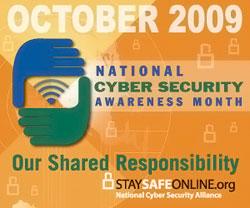Early this year the tech world was rocked with the announcement of two unprecedented vulnerabilities named Meltdown and Spectre.
These two vulnerabilities are a big deal because they are hardware vulnerabilities affecting any device with a silicon chip. This includes microprocessors on workstations and servers, mobile phones, tablets, cloud services, and other platforms.
Understandably there was a rush from three main industries, processor companies, operating system companies, and cloud providers to provide solutions. However, as a result of the urgent response, there were unanticipated update incompatibilities which crashed systems. This created a dilemma for IT professionals. "Do we install updates which may cause our systems to crash?" or "Do we sit-tight and remain vulnerable?"
Even in the weeks of uncertainty, there were calm voices of seasoned reasoning. Their message reminded us that basic security standards remain our first line of defense. No matter how bad an exploit may be, its impact can be limited if:
- The vulnerability doesn't have access to your systems
- Operating system or application weaknesses are patched
- Security software is installed (advanced end-point protection software with artificial intelligence is a game changer)
So how do you do achieve these standards? Here are some fundamental best practices:
- Monitor availability of operating system and application updates. Be sure you find and establish good sources to inform you about the patches and updates for your systems and applications. Then, monitor the sources or subscribe to notifications.
- Test updates to ensure compatibility. It is best if your update and patching process includes a test environment where non-production systems are updated first in order to test functionality and compatibility. This allows you to postpone or avoid updates which might crash systems or applications.
- Apply updates and patches on a regular schedule. As a best practice, you should implement a schedule (at least monthly) to evaluate, test and install updates for systems and critical applications. In this way, your schedule can coincide with schedules of operating system and application vendors (e.g., Microsoft has "Patch Tuesday, the second Tuesday of each month).
- Install and maintain security software (e.g., antivirus software, endpoint security software, etc.). If possible, explore and utilize behavior based end-point protection software. This genre of software "watches" system behavior to notice and stop suspicious action.
- Prevent malicious code execution. The goal is to keep malicious code out of your network and systems. This is best accomplished with layers of security including Internet filtering, phishing detection, and security awareness training for system users. Security awareness is essential to help prevent users from falling prey to malicious emails.

